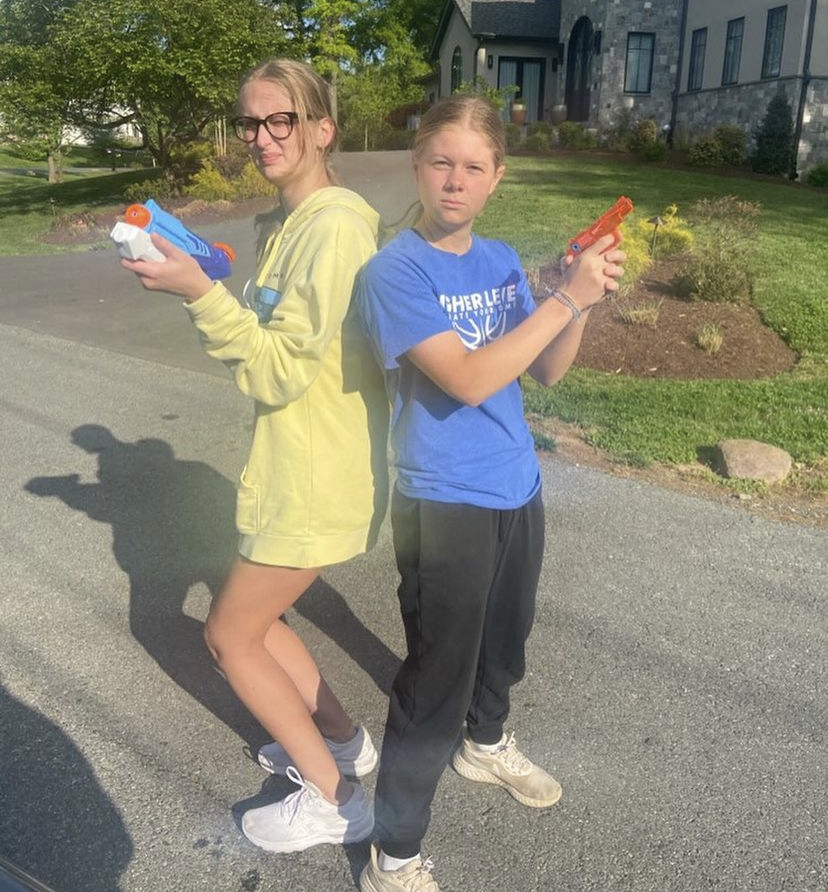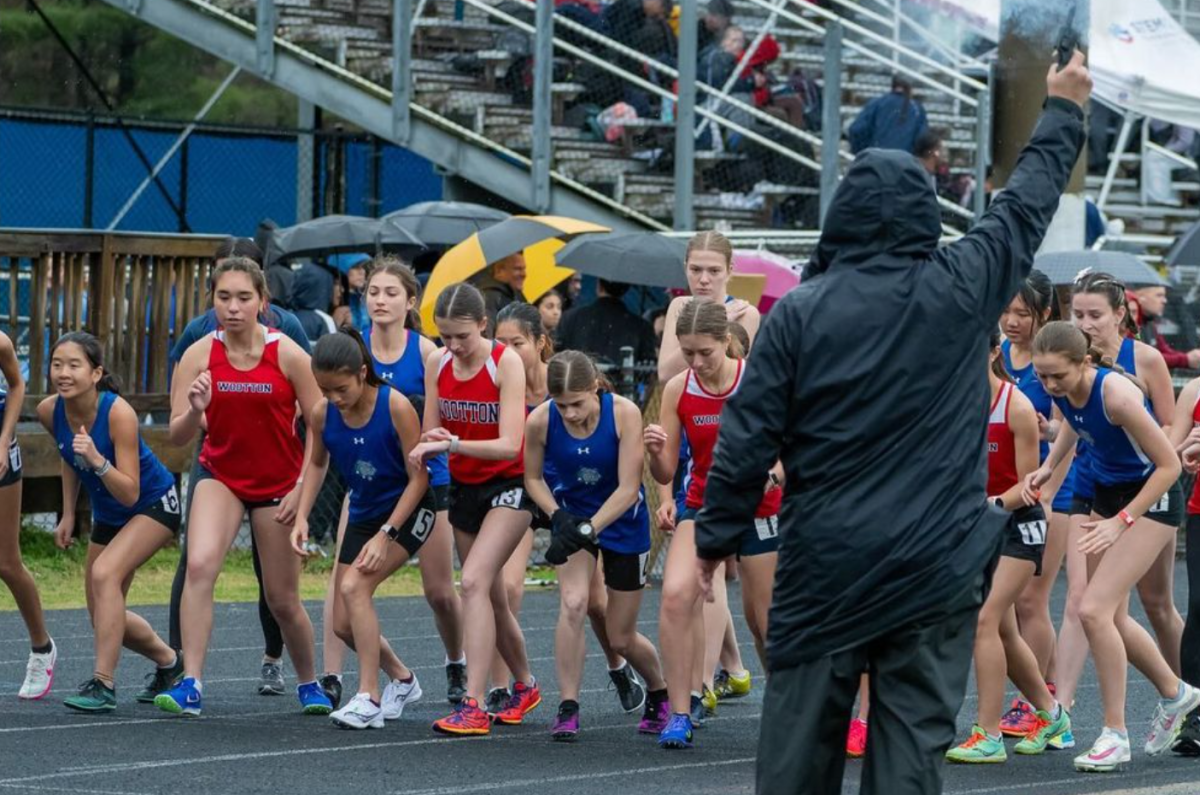Jesse Owens, one of the most famous track and field athletes of all time, was once quoted saying, “We all have dreams. But in order to make dreams come into reality, it takes an awful lot of determination, dedication, self discipline, and effort.”
With four gold medals under his belt, it is clear that he is familiar with what it takes to be a champion. He is right: it does that a lot of work to be a successful Olympic athlete, but imagine training your whole life for a sport that gets little respect. Over the years, there have been some unique and peculiar events held at the Olympics. The people participating in these events must have had to train for years, maybe even their whole lives, to take part in these events. At the end of the day, people may make fun of them for the sport they have dedicated their life to, but they can fire back knowing that they have accomplished something that way less than one percent of the world is able to claim: being an Olympic athlete.
Tug Of War (1900-1920)
Very little is known about how this sport was officiated during its short 20-year-run in the Olympics. The rules are simple: two teams grab hold of either side of the rope, and once the game begins, each team tries to pull the rope over their side of the marker in the middle. Whoever pulls the rope past the marker wins. The odd aspect of this sport lies in the duration. Did people train for a minimum of four years just to compete in this event that lasts less than a minute at a time? Seems like an interesting choice to dedicate a huge portion of your life to. “As exemplified by our spirit at Wootton, tug of war should remain in the Olympics, as some of our students could potentially be in the Olympics in four years,” junior Julian Levin said.
Live pigeon shooting (1900)
How this sport ever got approved is beyond me, but live pigeon shooting made its first and only appearance in the 1900 games in Paris. The rules: six birds would be freed 27 meters in front of the shooters, and the shooters were eliminated once they missed two birds. The winner was the participant who gunned down the most birds. As one could imagine, there was blood and feathers everywhere, as nearly 300 birds ended up dead. The top finisher, Leon de Lunden from Belgium, ended up killing 21 birds to capture the title. To no one’s surprise, this event has never been seen again.
Swimming Obstacle Course (1900)
A twist on a fan favorite from the Summer Olympic Games, the swimming obstacle course was an event for the 1900 games only. It was held in Paris’ muddy River Seine, and was a 200-meter obstacle swimming race. According to an article from the Huffington Post, “Swimmers had to clamber over a pole and a row of boats before swimming under another row of vessels.” Swimmers needed iron lungs and incredible strength to complete this course, but it was evidently a failure, and was booted from the Olympic event lineup.
Underwater Swimming (1900)
In the second of three unique water sports no longer in existence, underwater swimming proved to be just as much of a failure as swimming obstacle course, forcing them both to be removed following the 1900 games. The scoring in this sport was simple: submerging yourself underneath the surface of the River Seine, swimmers earn two points for every meter covered, and one point for every second they remained underwater. The winner, Charles Vandeville of France, covered over 60 meters and won gold with 188.4 points.
Plunge For Distance (1904)
According to the 1920 Official Swimming Guide of the American Swimming Association, the plunge for distance “is a dive from a stationary take-off, which is free from spring from a height of 18 inches above the water. Upon reaching the water the plunger glides face downward for a period of 60 seconds without imparting any propulsion to the body from the arms and legs.” The United States’ own William Dickey is still the current record holder, diving 62 feet and six inches below the surface of the water.
Race walking (1904-present)
This sport was incredibly popular in the most recent summer games, and for good reason. Believe it or not, race walking has existed since the 1904 games and has proven to be worthy of respect. Different from running, one foot must appear to be in contact with the ground at all times. The distances travelled range from 1.8 miles to 62.1 miles. There are only two rules to the sport one, an athlete’s back toe cannot leave the ground until the heel of the front foot has touched. Violation of this rule is known as loss of contact.
The second rule requires that the supporting leg must straighten from the point of contact with the ground and remain straightened until the body passes directly over it. These rules are judged by the unaided human eye. Athletes often lose contact with the ground for several milliseconds, but it goes undetected by the human eye. In order to succeed, athletes stay low to the ground by keeping their arms pumping low, close to their hips. The Youtube channel Vox has made an informational video on the science of race walking that I strongly recommend you view.
Max Jordan
Managing Editor


















